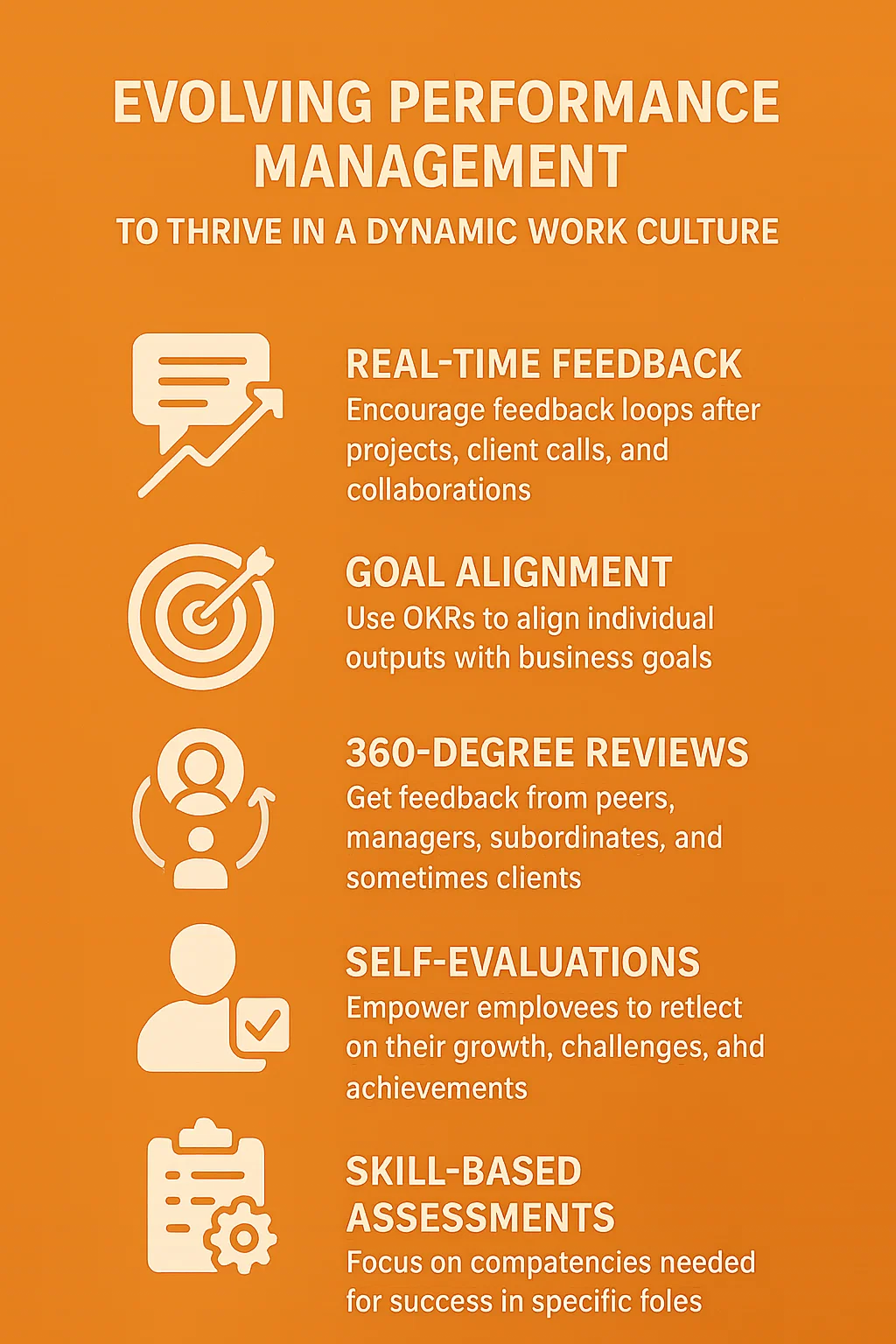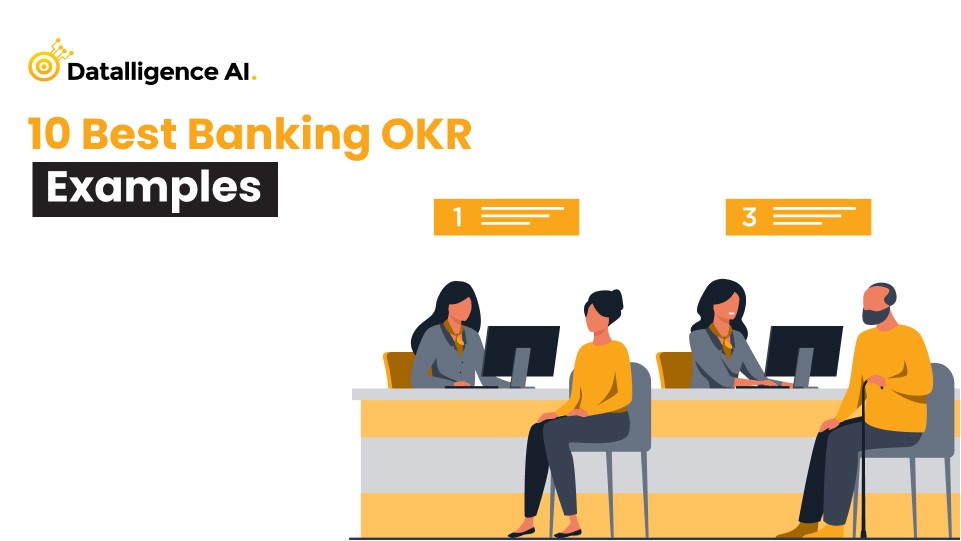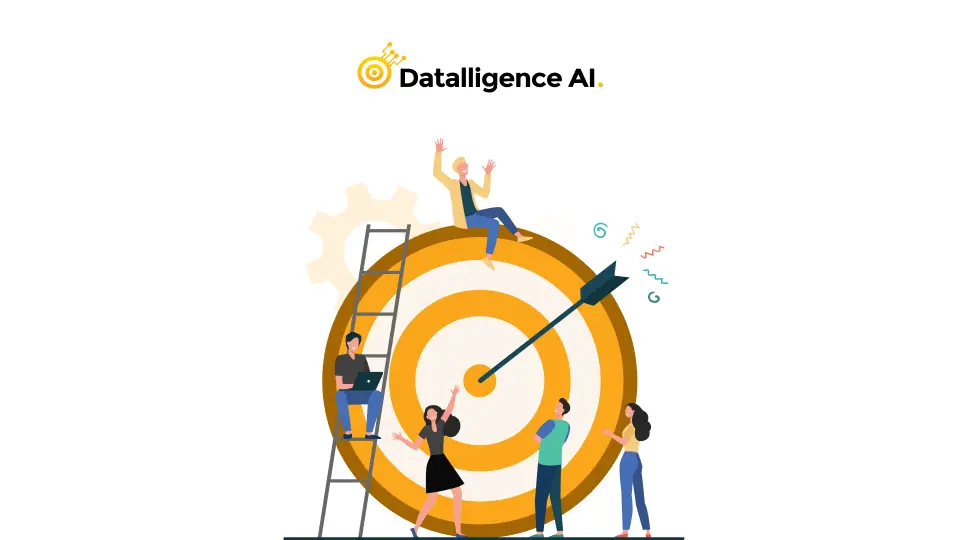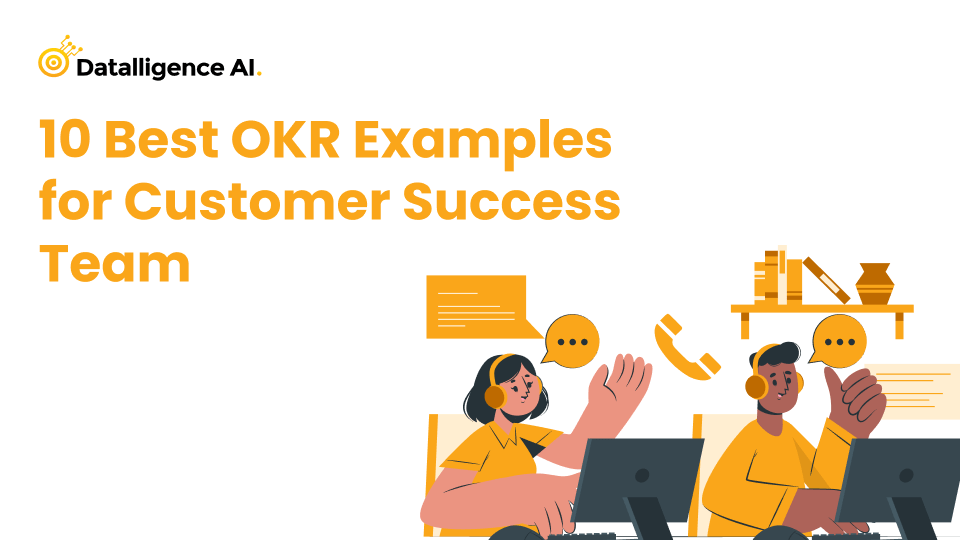Workplaces today aren’t what they were even a decade ago. Remote setups, hybrid teams, gig workers, agile methodologies, and shifting market needs have reshaped how we operate. Amid this change, many organizations still rely on rigid, outdated performance management systems built for static, linear workflows. Unsurprisingly, these fail to inspire growth or capture real employee contributions.
This blog explores why a “one-size-fits-all” model can’t deliver the best performance evaluations and how leaders can reimagine employee assessments to keep pace with the evolving world of work.
1. Why Traditional Performance Systems Fall Short
Traditional performance reviews follow fixed cycles, usually annual, top-down, and based on limited data. This model assumes uniform job roles, consistent environments, and predictable outputs. But today’s teams are cross-functional, decentralized, and outcome-driven.
Problems with static systems:
- Infrequent feedback fails to drive course correction.
- Rigid KPIs can’t accommodate shifting responsibilities.
- Employees feel disengaged or misjudged.
- Managers lack real-time data to assess true performance.
When performance reviews aren’t aligned with how teams work, they feel performative rather than purposeful.
2. The Dynamic Work Culture: What’s Changed?
To understand how to build the best performance evaluations, we must recognize the variables in today’s workforce:
- Remote and hybrid teams demand asynchronous communication and visibility.
- Agile methodologies focus on iteration, adaptability, and fast feedback loops.
- Cross-functional roles blur traditional hierarchies and job boundaries.
- Gen Z and millennial talent expect real-time recognition and career conversations.
In this fluid environment, evaluations must measure impactnot just activity. Traditional systems can’t capture this nuance.
3. One-Size-Fits-All: The Illusion of Fairness
Companies often turn to universal rating systems and standardized competency models in the hope of creating objectivity and fairness across the organization. The assumption is simple: if everyone is assessed on the same scale, it eliminates bias and ensures equality. But in practice, this approach can do more harm than good and the performance evaluation fails
Imagine using the same performance yardstick to evaluate a sales executive, a UI/UX designer, and a product engineer. While it might look consistent on paper, it fails to reflect the fundamental differences in how each role delivers value. Sales roles are measured by targets and client relationships; designers by creativity, usability, and iteration; and engineers by problem-solving, efficiency, and technical innovation. When we try to fit all these diverse functions into the same evaluation framework, we oversimplify contributions and undermine performance insights.
This mismatch often results in:
- Inaccurate assessments that ignore the unique nature of the job.
- Demotivation due to perceived unfairness or misrepresentation.
- Disengagement when employees feel misunderstood or undervalued.
- Biased outcomes, as managers might unconsciously favor roles that align more closely with the evaluation model.
What Should Replace the “One-Size-Fits-All” Approach?
To build the best performance evaluations, organizations must adopt a more thoughtful and tailored methodology. Here’s what works:
✅ Contextual to Job Roles and Goals
Each evaluation must reflect the actual responsibilities, expectations, and outcomes associated with the specific role. For example, evaluating a marketing manager should include KPIs like campaign ROI, engagement metrics, and brand growth—not just general communication or teamwork ratings.
✅ Flexible to Adapt as Roles Evolve
In dynamic environments, roles often shift based on project needs, team structures, or strategic pivots. A static performance model fails to capture this evolution. Modern evaluations must be agile—allowing for redefined goals, realigned expectations, and updated competencies as change happens.
✅ Individualized Without Sacrificing Fairness
Customizing performance assessments doesn’t mean throwing consistency out the window. The key is to maintain a core framework—such as values, culture alignment, or leadership principles—while tailoring functional metrics and evaluation criteria based on individual roles and growth paths.
Striking the Right Balance: Structure Meets Personalization
The best evaluations blend structure and personalization. They offer:
- A scalable system that enables comparisons across teams.
- Role-relevant indicators that truly measure performance impact.
- Employee-centered discussions that promote development over judgment.
This hybrid approach ensures that while evaluations remain fair and standardized where necessary, they are also nuanced enough to respect the uniqueness of each role, individual, and contribution.
Ultimately, when employees see that their work is being assessed in context—not in comparison—they feel validated, understood, and motivated to grow. That’s the true foundation of a high-performance culture.
4. What Makes the Best Performance Evaluations?
To thrive in a dynamic work culture, performance management system must evolve from event-driven to continuous. Here’s what works:

- Real-Time Feedback: Encourage feedback loops after projects, client calls, and collaborations. Tools like Slack integrations or feedback plugins help capture insights instantly.
- Goal Alignment: Use OKRs (Objectives and Key Results) to align individual outputs with business goals. Regular check-ins ensure alignment is maintained, not assumed.
- 360-Degree Reviews: Get feedback from peers, managers, subordinates, and sometimes clients. It offers a fuller picture of the employee’s impact and collaboration style.
- Self-Evaluations: Empower employees to reflect on their growth, challenges, and achievements. It builds self-awareness and trust.
- Skill-Based Assessments: Focus on competencies needed for success in specific roles rather than generic attributes.
5. How to Evaluate Employee Performance in Dynamic Work Cultures
Here’s a simple framework to conduct performance evaluations that actually work in dynamic environments:
Step 1: Define Success Clearly
Tie outcomes to team and business goals. Replace vague terms like “works well under pressure” with measurable behaviors and impact.
Step 2: Use Agile Goal Tracking
Break annual goals into quarterly or even monthly goals. Use digital tools to track progress and make real-time adjustments.
Step 3: Promote Peer Recognition
Encourage a culture where wins are celebrated and acknowledged across teamsnot just from managers. Peer reviews highlight collaborative strengths.
Step 4: Automate Data Collection
Use AI-based platforms to gather performance signals: task completion rates, feedback, learning progress, engagement data, etc. Let data informnot dictatedecisions.
Step 5: Schedule Monthly or Biweekly Check-ins
Instead of waiting for the year-end review, make performance conversations a regular habit. These should be forward-looking, not just backward-reflecting.
Step 6: Customize Based on Role and Team Type
Create role-specific evaluation templates. A developer’s KPIs should look different from a marketer’s. Customization boosts relevance and motivation.
6. Real-World Example: Performance Evolution at a Fast-Growth Startup
Take the example of a SaaS startup that switched from yearly reviews to OKR-driven monthly check-ins. They introduced peer feedback, real-time project reflections, and manager coaching sessions. Within a year, engagement scores jumped by 27%, and employee retention improved.
Their secret?
- Employees co-created their goals with team leads.
- Performance tools integrated with work tools like Jira, Asana, and Slack.
- Managers received training on how to give constructive, meaningful feedback.
By moving away from a rigid format to continuous conversations and contextual metrics, they achieved scalable, personalized performance reviews.
7. Technology’s Role in Modern Evaluations (150 words)
The best performance evaluations today are powered by smart technot spreadsheets.
Performance management tools now offer:
- Goal-setting modules with progress tracking.
- AI-generated insights on team performance.
- Custom dashboards for different departments.
- Seamless integrations with HRMS and project management tools.
When choosing software, look for:
- Flexibility in evaluation templates.
- Scalability as your team grows or diversifies.
- Custom reporting capabilities.
- Built-in feedback channels.
Conclusion: The Future Is Personalized, Continuous, and Purpose-Driven (150 words)
The dynamic workplace demands a shift from performance judgment to performance enablement. Leaders must stop asking, “Did they hit the target?” and start asking, “Did we enable them to succeed?”
The best performance evaluations adapt to roles, align with business goals, and support employee growth.
Ditch the one-size-fits-all model. Instead, embrace a system where feedback is frequent, goals are agile, and evaluations are tailored to real work and real people.
Because when people feel seen, understood, and supported they don’t just perform. They thrive.











